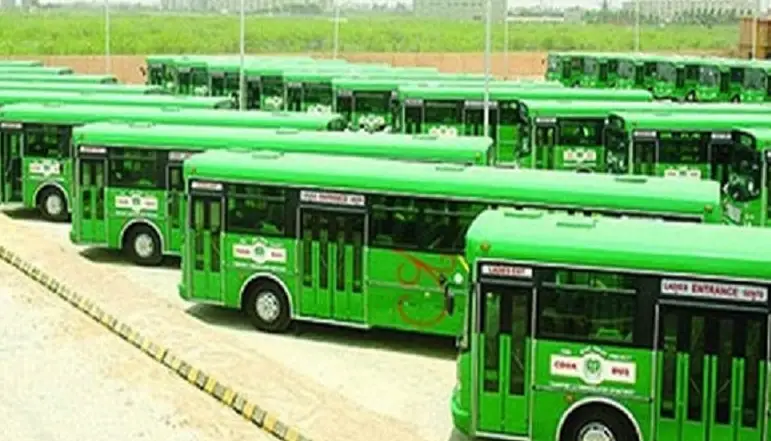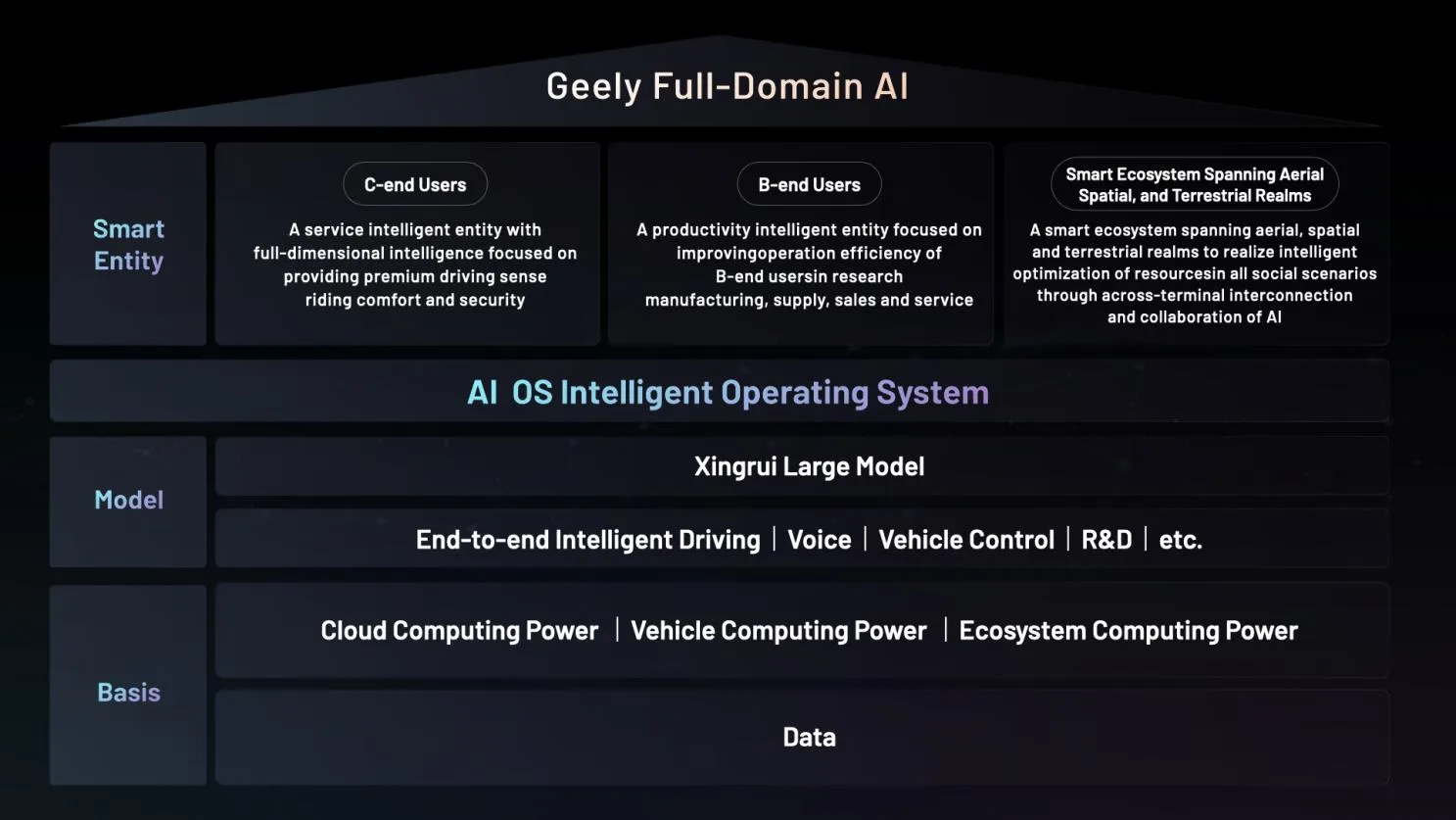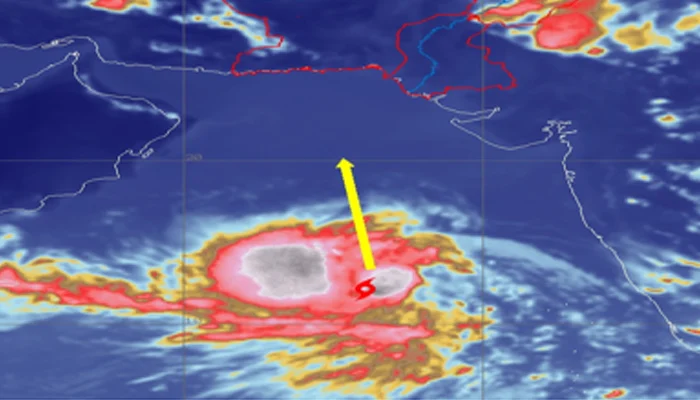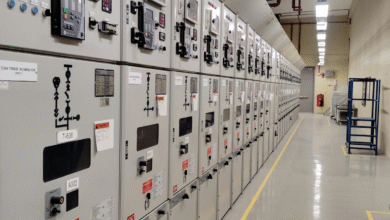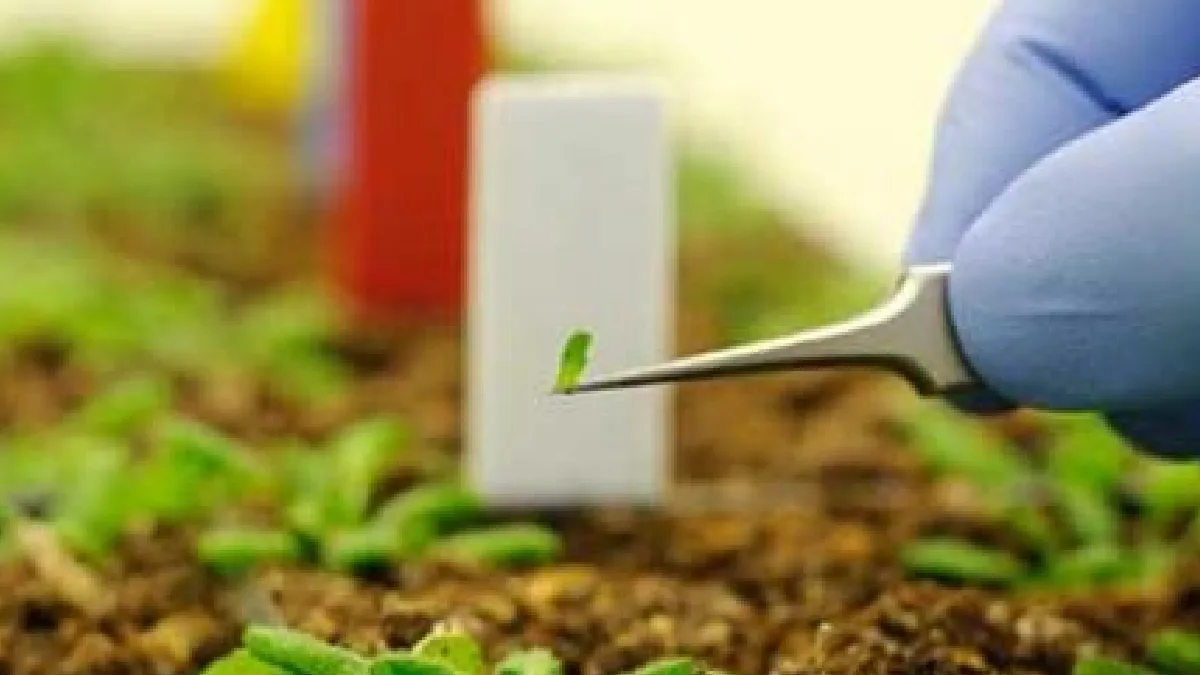
Nanotechnology, the manipulation of matter at the nanoscale, has revolutionized various industries, including agriculture. In recent years, nanotechnology has emerged as a promising tool for managing and monitoring crop health. By leveraging nanomaterials and nanosensors, researchers and farmers can detect early signs of stress, disease, and nutrient deficiencies in crops, leading to more precise and sustainable agricultural practices. This article explores the applications of nanotechnology in crop health monitoring and its potential to address the challenges facing modern agriculture.
Understanding Nanotechnology in Agriculture
Nanotechnology involves the manipulation and control of materials at the nanoscale, typically ranging from 1 to 100 nanometers. At this scale, materials exhibit unique physical, chemical, and biological properties that differ from their bulk counterparts. In agriculture, nanotechnology offers several advantages, including:
- Enhanced nutrient delivery and uptake
- Improved pest and disease management
- Increased crop yield and quality
- Reduced environmental impact
Nanosensors for Real-Time Monitoring
Nanosensors are miniature devices capable of detecting and measuring specific physical or chemical properties at the nanoscale. In crop health monitoring, nanosensors offer real-time insights into various factors affecting plant growth and development. Here’s how nanosensors are utilized in agriculture:
1. Nutrient Monitoring
Nutrient deficiencies can severely impact crop health and productivity. Nanosensors equipped with nanomaterials, such as carbon nanotubes and quantum dots, can detect and quantify nutrient levels in soil and plant tissues with high sensitivity and precision. By monitoring nutrient availability in real time, farmers can optimize fertilizer application and ensure that crops receive the nutrients they need for healthy growth.
2. Disease and Pest Detection
Early detection of diseases and pest infestations is crucial for preventing crop losses and minimizing the spread of pathogens. Nanosensors embedded with specific biomarkers or antibodies can identify the presence of pathogens, toxins, or pest eggs in plants and soil samples. By monitoring crops for signs of disease and pest activity, farmers can implement timely interventions, such as targeted spraying or crop rotation, to protect their crops and maintain yield.
3. Environmental Monitoring
Environmental factors, such as temperature, humidity, and light intensity, play a significant role in crop health and productivity. Nanosensors equipped with nanomaterials sensitive to environmental changes can monitor these factors in real time, providing valuable data for optimizing growing conditions. By adjusting irrigation schedules, adjusting greenhouse temperatures, and controlling lighting levels, farmers can create optimal environments for crop growth and minimize stressors that may impact yield.
Nanomaterials for Enhanced Crop Health
Nanomaterials, such as nanoparticles and nanocoatings, offer unique properties that can improve crop health and resilience. These materials can be applied to seeds, soil, or plant surfaces to enhance nutrient uptake, protect against pests and diseases, and improve water efficiency. Here are some applications of nanomaterials in agriculture:
1. Nanofertilizers
Nanofertilizers are nano-sized particles designed to deliver nutrients directly to plant roots, resulting in improved nutrient uptake and utilization. These particles can be coated with slow-release polymers or encapsulated in biocompatible materials to ensure controlled nutrient release over time. By precisely targeting nutrient delivery, nanofertilizers reduce fertilizer waste and minimize environmental impact while enhancing crop growth and yield.
2. Nanopesticides
Nanopesticides are nanoparticle-based formulations that target pests and diseases while minimizing the use of chemical pesticides. These formulations can be engineered to release pesticides gradually, ensuring prolonged efficacy and reducing the risk of resistance development in pest populations. Nanopesticides can also be designed to target specific pests or pathogens, minimizing harm to beneficial insects and non-target organisms.
3. Nanocoatings
Nanocoatings are thin layers of nanomaterials applied to plant surfaces to provide protection against environmental stressors, such as UV radiation, drought, and microbial pathogens. These coatings can improve water retention, reduce water loss through transpiration, and enhance plant resilience to biotic and abiotic stresses. By forming a protective barrier around plant tissues, nanocoatings promote healthy growth and reduce the need for chemical inputs.
Nanotechnology and Field Management Systems
Nanotechnology has the potential to revolutionize field management systems, enabling farmers to monitor and manage crop health with unprecedented precision. Integrated nanosensor networks can be deployed across agricultural fields to collect real-time data on soil conditions, plant health, and environmental parameters. This data can be transmitted wirelessly to centralized monitoring systems, allowing farmers to monitor field conditions remotely and make data-driven decisions in real time.
Benefits of Nanotechnology in Field Management Systems
1. Precision Agriculture: Nanosensor networks enable precision agriculture practices, allowing farmers to apply inputs, such as water, fertilizer, and pesticides, precisely where they are needed, optimizing resource use and minimizing waste.
2. Early Detection of Issues: Nanosensors provide early warning of crop health issues, such as nutrient deficiencies, pest infestations, and environmental stressors, allowing farmers to take proactive measures to address these issues before they escalate.
3. Data-Driven Decision Making: By collecting and analyzing real-time data on field conditions, nanotechnology enables farmers to make informed decisions regarding crop management practices, irrigation scheduling, and pest and disease control strategies.
4. Environmental Sustainability: Nanotechnology promotes sustainable agriculture practices by reducing the use of chemical inputs, minimizing environmental impact, and improving resource efficiency.
Conclusion
Nanotechnology holds tremendous potential for revolutionizing crop health monitoring and management in agriculture. By leveraging nanosensors and nanomaterials, farmers can detect early signs of stress, disease, and nutrient deficiencies in crops, leading to more precise and sustainable agricultural practices. Integrated nanotechnology solutions, such as field management systems equipped with nanosensor networks, enable real-time monitoring of field conditions and data-driven decision making, empowering farmers to optimize crop health and maximize yield. As nanotechnology continues to advance, its applications in agriculture are expected to expand, offering innovative solutions to the challenges facing modern agriculture and ensuring food security for future generations.
